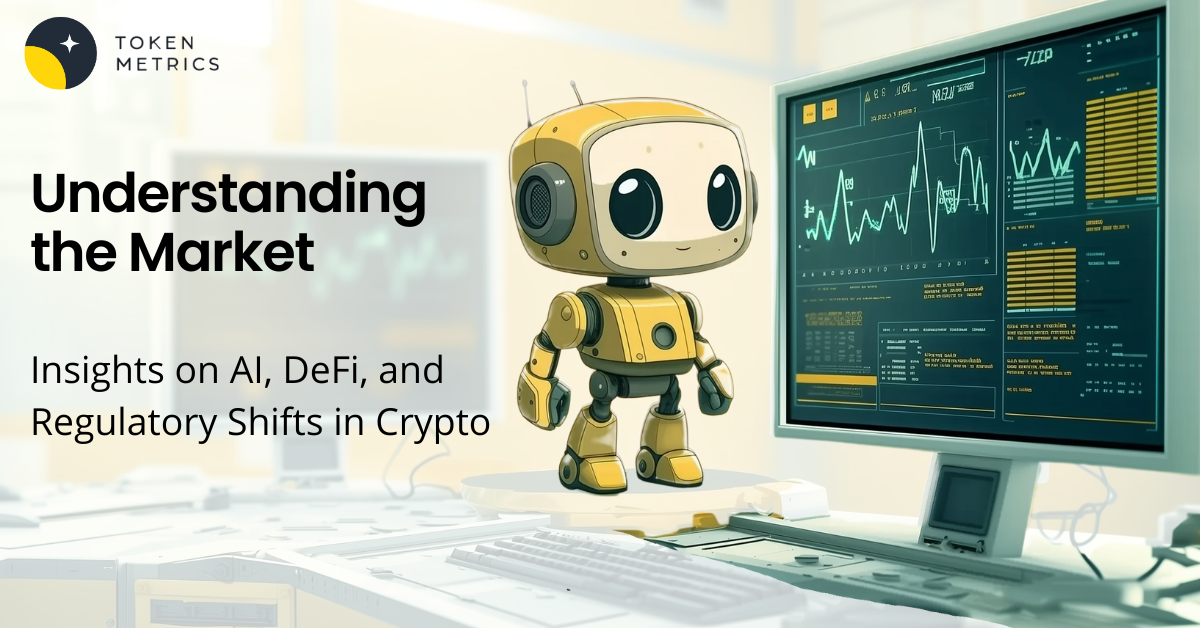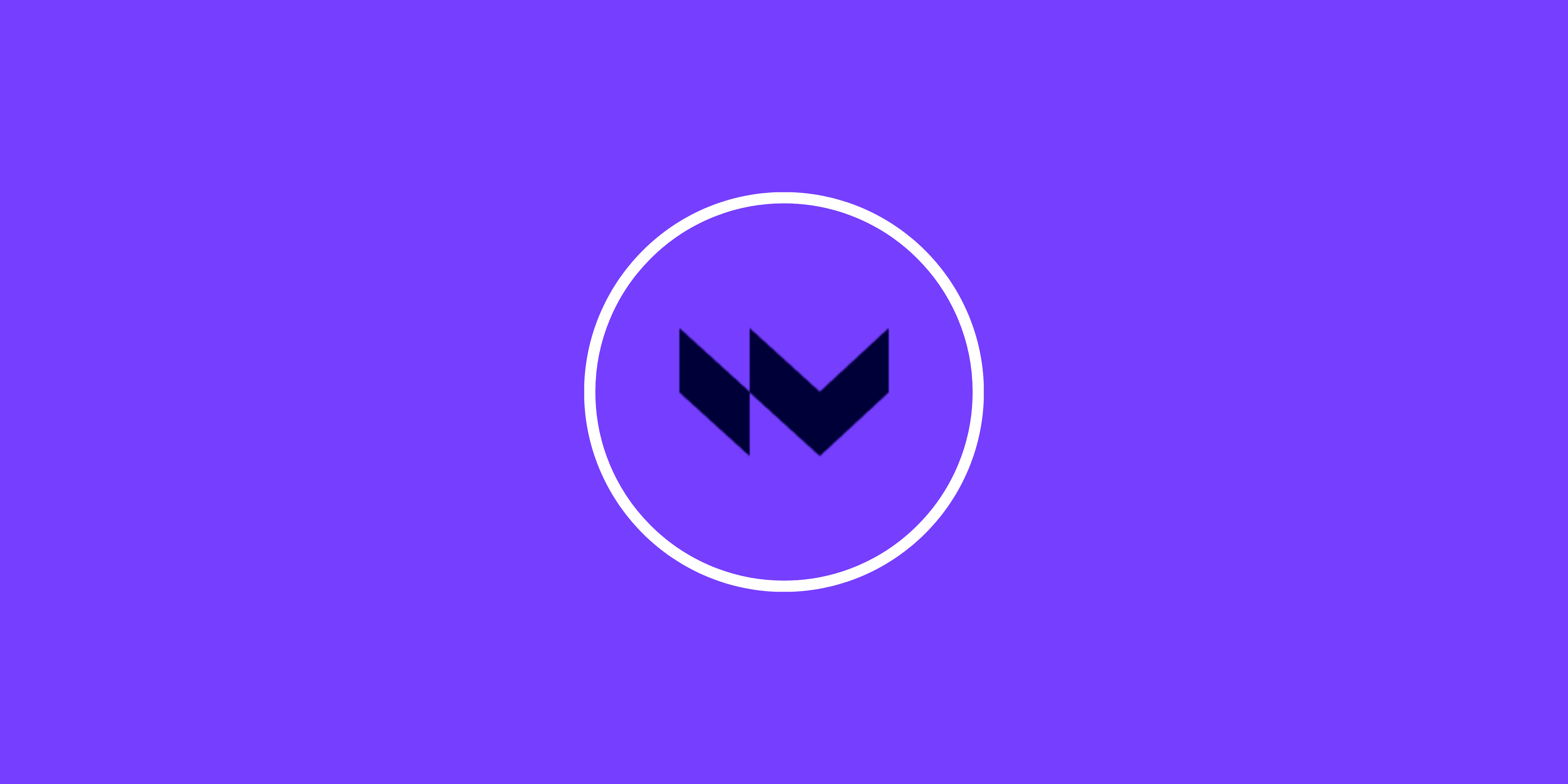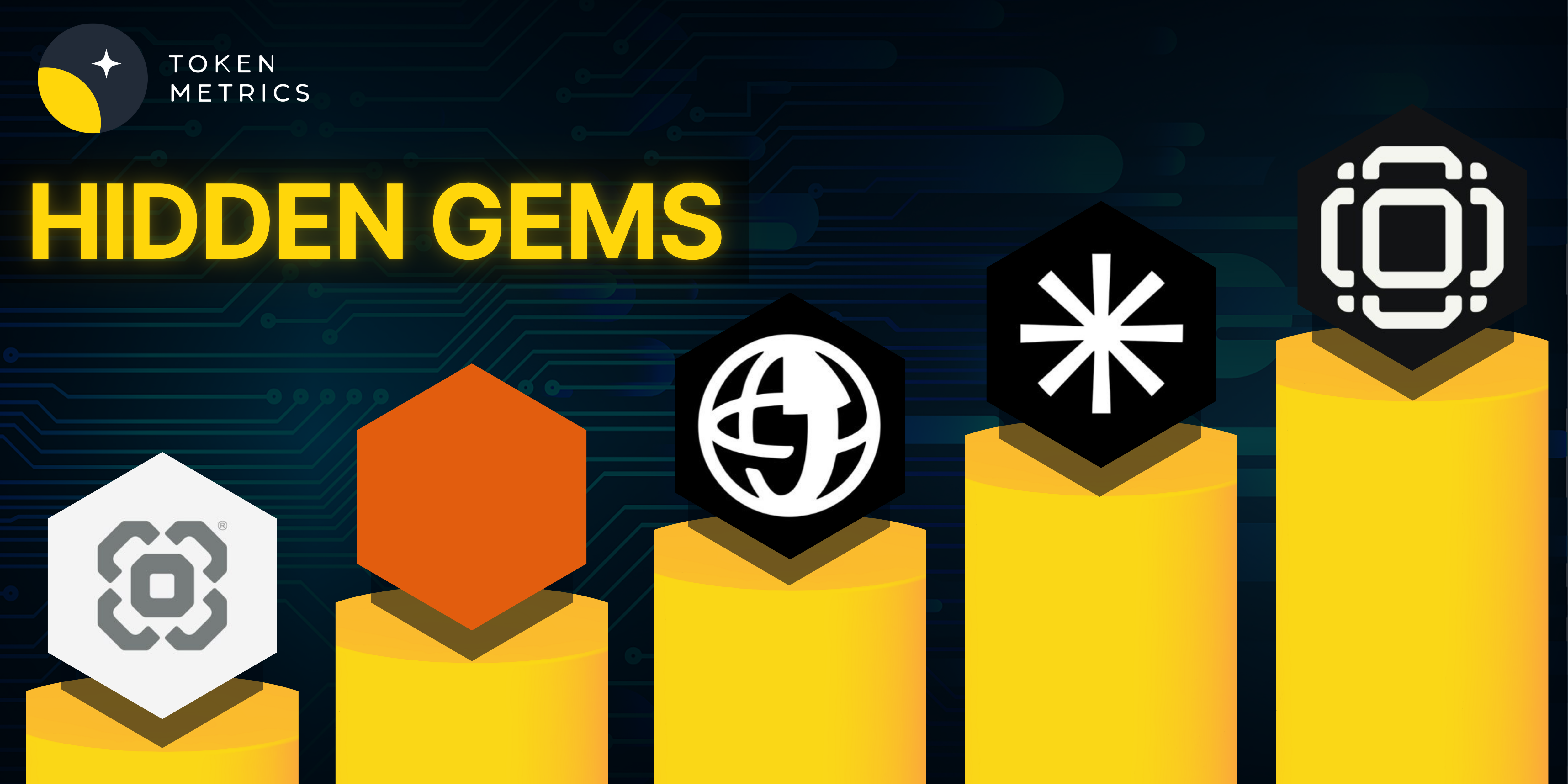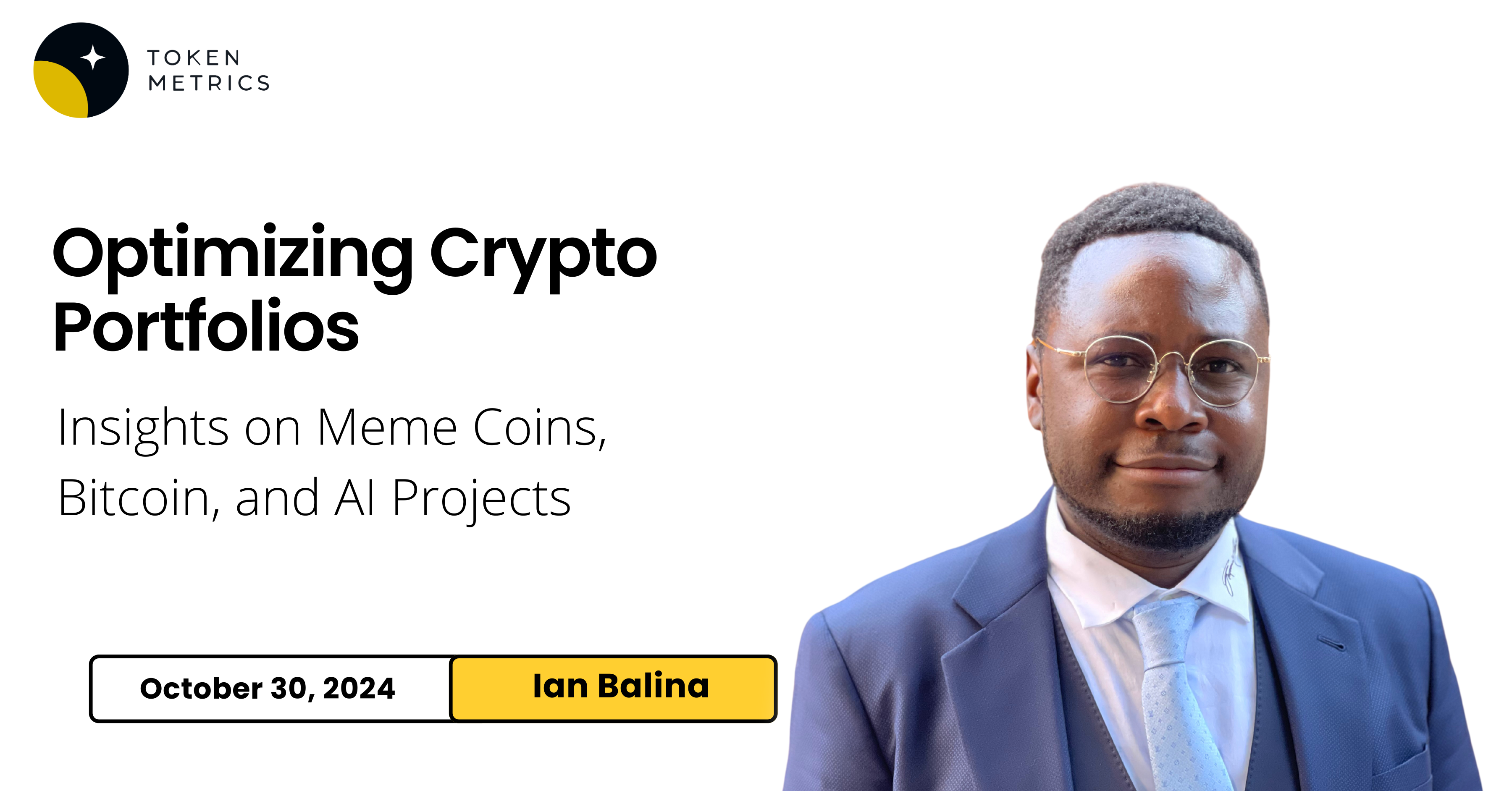Introduction
GenLayer emerges as a novel blockchain solution, introducing “Intelligent Contracts” that integrate AI models for advanced real-time interaction and decision-making, breaking away from traditional oracles. With an ambitious approach, GenLayer proposes non-deterministic operations, which allow contracts to process natural language and interact with web data directly, opening possibilities for decentralized applications (dApps) that require high adaptability.
Innovation
At the forefront of blockchain technology, GenLayer’s “Intelligent Contracts” showcase significant innovation. Unlike conventional smart contracts bound by deterministic logic, these AI-enhanced contracts autonomously interpret complex instructions, dynamically process web data, and utilize natural language for more nuanced, subjective operations. This breakthrough positions GenLayer to enable applications that go beyond the static capabilities of existing blockchains.
Architecture
GenLayer’s architecture is built around its unique consensus mechanism, called “Optimistic Democracy.” This dynamic consensus model leverages multiple Large Language Models (LLMs) to address subjective decision-making tasks. Validators are connected to varied LLMs, executing the contract code and reaching a consensus via majority voting. This approach offers a promising balance between deterministic and non-deterministic processes while reducing the need for traditional data oracles, although it introduces new challenges in LLM reliability and variability.
Code Quality
GenLayer uses Python for Intelligent Contract development, broadening accessibility for a larger developer community. Python’s readability and flexibility provide developers with intuitive tools to create sophisticated, real-time applications. While Python offers ease of use, its integration in high-performance blockchain environments is uncommon, and future updates may need to address any performance implications.
Product Roadmap
GenLayer’s roadmap outlines a staged approach, with a testnet launch slated for December and current development ongoing in private repositories. Plans for interoperability with other blockchain platforms and traditional web services further enhance its viability. The roadmap indicates a structured progression, though detailed updates on long-term milestones, such as mainnet launch and scaling strategies, could strengthen developer and user confidence.
Usability
The platform is notably user-friendly, as developers familiar with Python will find the transition to Intelligent Contracts seamless. Additionally, the GenLayer Simulator provides an interactive sandbox, allowing users to test the Intelligent Contracts in a replicated environment of GenLayer’s mainnet. This tool is invaluable for experimentation, allowing developers to validate contract performance and troubleshoot prior to deployment.
Team
GenLayer’s development team consists of 17 specialized teams, showcasing a strong, diverse skill set. While the technical expertise is evident, more transparent information on individual roles, backgrounds, and blockchain-specific experience could add further credibility and inspire confidence among potential adopters.
Conclusion
GenLayer represents a bold step toward a more versatile blockchain environment, merging AI with decentralized protocols to address the growing demand for real-time, data-driven smart contracts. With its dynamic consensus algorithm, innovative Intelligent Contracts, and developer-friendly tools, GenLayer could potentially reshape the dApp landscape. However, success will depend on the team’s ability to address reliability in real-time data sourcing, LLM integration, and consensus efficiency in subjective contexts.
| Initial Screening | |||
| Keep researching | |||
| Does this project need to use blockchain technology? | Yes | ||
| Can this project be realized? | Yes | ||
| Is there a viable use case for this project? | Yes | ||
| Is the project protected from commonly known attacks? | Yes | ||
| Are there no careless errors in the whitepaper? | Yes | ||
| Project Technology Score | |||
| Description | Scorecard | ||
| Innovation (Out Of 11) | 11 | ||
| How have similar projects performed? | Good | 2 | |
| Are there too many innovations? | Regular | 2 | |
| Percentage of crypto users that will use the project? | over 11% | 5 | |
| Is the project unique? | Yes | 2 | |
| Architecture (Out of 12) | 10 | ||
| Overall feeling after reading whitepaper? | Good | 2 | |
| Resistance to possible attacks? | Medium | 1 | |
| Complexity of the architecture? | Not too complex | 2 | |
| Time taken to understand the architecture? | 20-50 min | 1 | |
| Overall feeling about the architecture after deeper research? | Good | 4 | |
| Has the project been hacked? | No | 0 | |
| Code Quality (out of 15) | 12 | ||
| Is the project open source? | Yes | 2 | |
| Does the project use good code like C,C++, Rust, Erlang, Ruby, etc? | Yes | 2 | |
| Could the project use better programming languages? | No | 0 | |
| Github number of lines? | More than 10K | 1 | |
| Github commits per month? | More than 10 | 2 | |
| What is the quality of the code? | Good | 2 | |
| How well is the code commented? | Good | 1 | |
| Overall quality of the test coverage? | Good | 1 | |
| Overall quality of the maintainability index? | Good | 1 | |
| When Mainnet (out of 5) | 5 | ||
| When does the mainnet come out? | Mainnet | 5 | |
| Usability for Infrastructure Projects (out of 5) | 5 | ||
| Is it easy to use for the end customer? | Yes | 5 | |
| Team (out of 7) | 4 | ||
| Number of active developers? | 3+ | 1 | |
| Developers average Git Background? | Intermediate | 1 | |
| Developers coding style? | Solid | 2 | |
| Total Score (out of 55) | 47 | ||
| Percentage Score | |||
| Innovation | 20.00% | ||
| Architecture | 18.18% | ||
| Code Quality | 21.82% | ||
| Mainnet | 9.09% | ||
| Usability | 5.45% | ||
| Team | 7.27% | ||
| Total | 85.45% |





